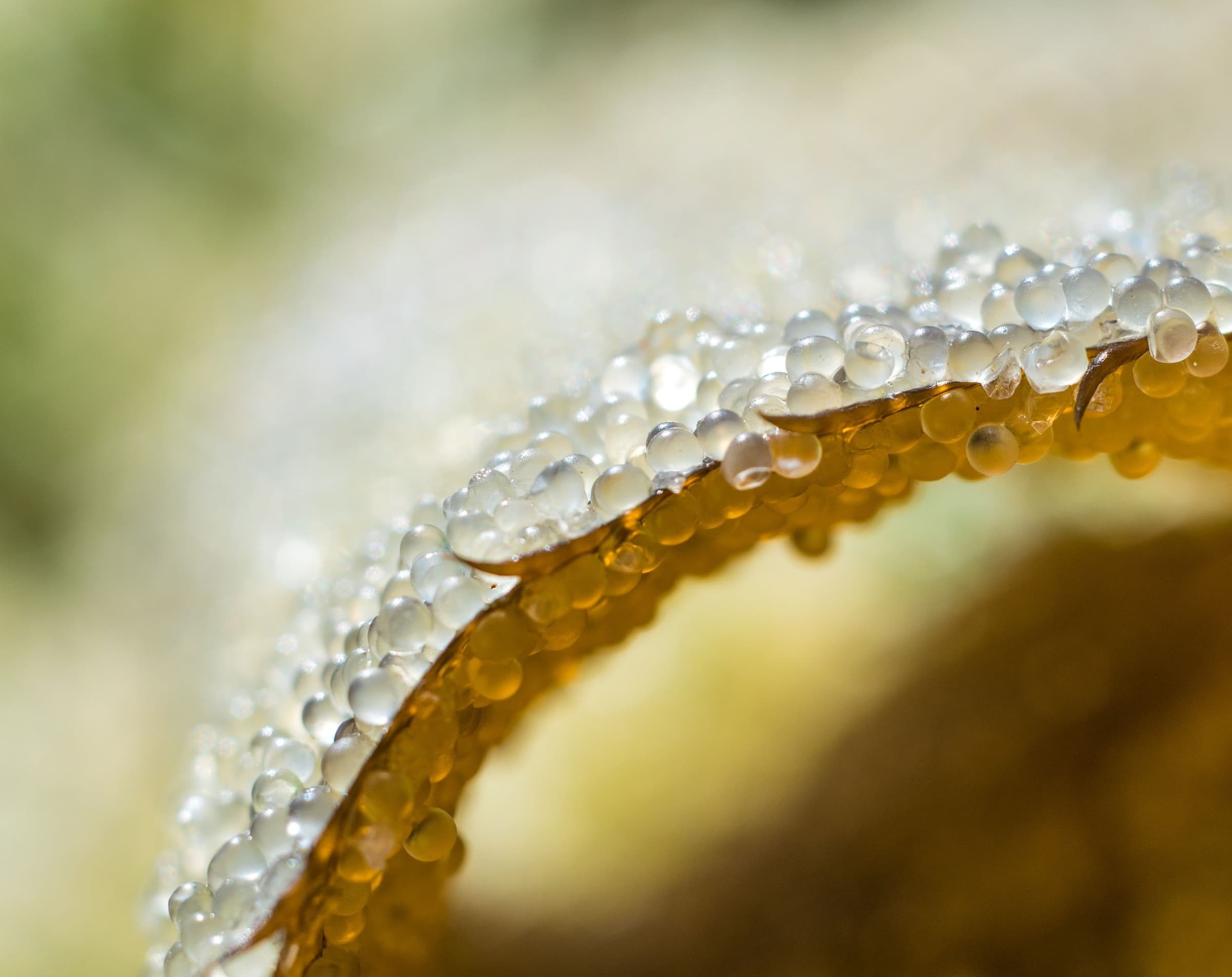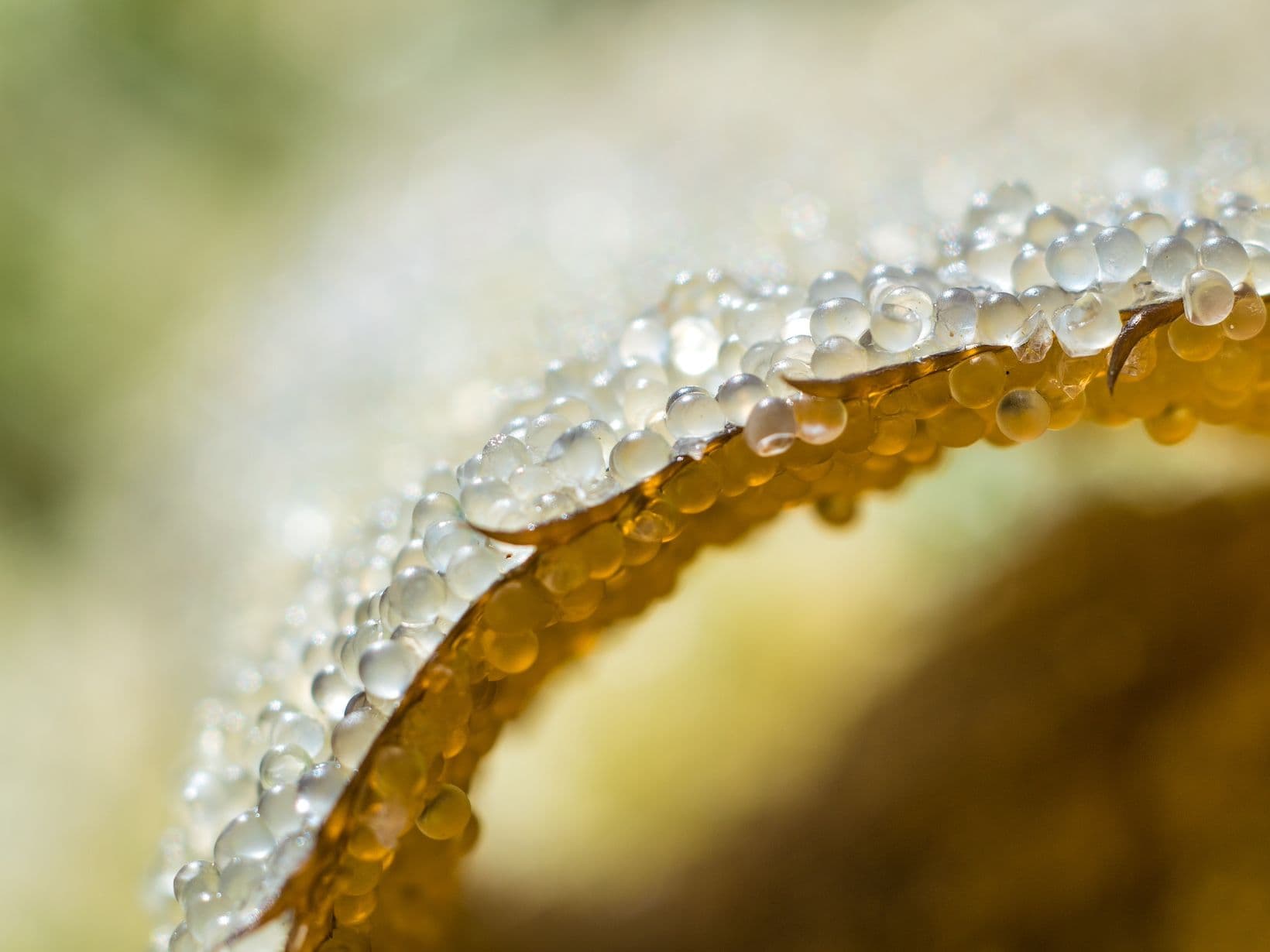Herring spawn marks the beginning of spring in Sitka
It’s a long dark winter that Sitkans endure, yet we have it easy compared to the wildlife on Baranof Island. Once the last salmon have made their way up their streams and the berries and last deciduous leaves have fallen to the ground, there isn’t much to eat in the forests. Ravens and seagulls resort to harvesting mussels by dropping them on our boats and docks to break them open. Marine mammals leave their rocky outcrops on the outer coast while winter storms make them uninhabitable. Under the ocean’s surface at the base of the food chain, phytoplankton that are abloom for most of the spring, summer, and fall go dormant. As a result, the water becomes crystal clear and temperatures drop down into the low 40s F. It’s great for snorkeling for abalone or scallops if you can handle the numbing cold on your face, but it also means less to eat for all sea creatures. The tiny but mighty phytoplankton are a food source for small crustaceans, which in turn feed small fish, which feed bigger fish, which feed seabirds and marine mammals. Without their presence it’s a lean winter in our cold ocean.
As the days get longer and winter loses its grip on southeast Alaska, it doesn’t necessarily feel like winter is leaving. The heavy snowfall we typically get in March makes it feel like spring will never come. Then the first signs of spring appear. Humpback whales return in great numbers from as far away as Hawaii and all the marine mammals swarm into Sitka Sound. To locals, this tells us that herring are back and with them, their drive to reproduce. It says it's time to take the boat out and tie a float to hemlock tree boughs with rope. After a day or two of sitting submerged in the ocean, these boughs become coated in globs of tiny white fish eggs — herring roe. This technique was developed by the Tlingít people, for whom the arrival of the herring spawn marks the arrival of spring and the beginning of the year. The taste of herring roe is salty and the hemlock needles are bright and aromatic.
These small but prolific species return to Sitka Sound to spawn every spring. Their arrival means the long dormant winter gives way to a spring feast for birds, marine mammals, and fish. Huge schools of herring come together and turn the water a glacial aquamarine-blue. The Humpbacks circle around the schools of herring, blowing bubbles that draw them into a tighter and tighter school. Once the herring are tightly packed together, the whales make a well-coordinated swoop through the baitfish with their mouths agape.
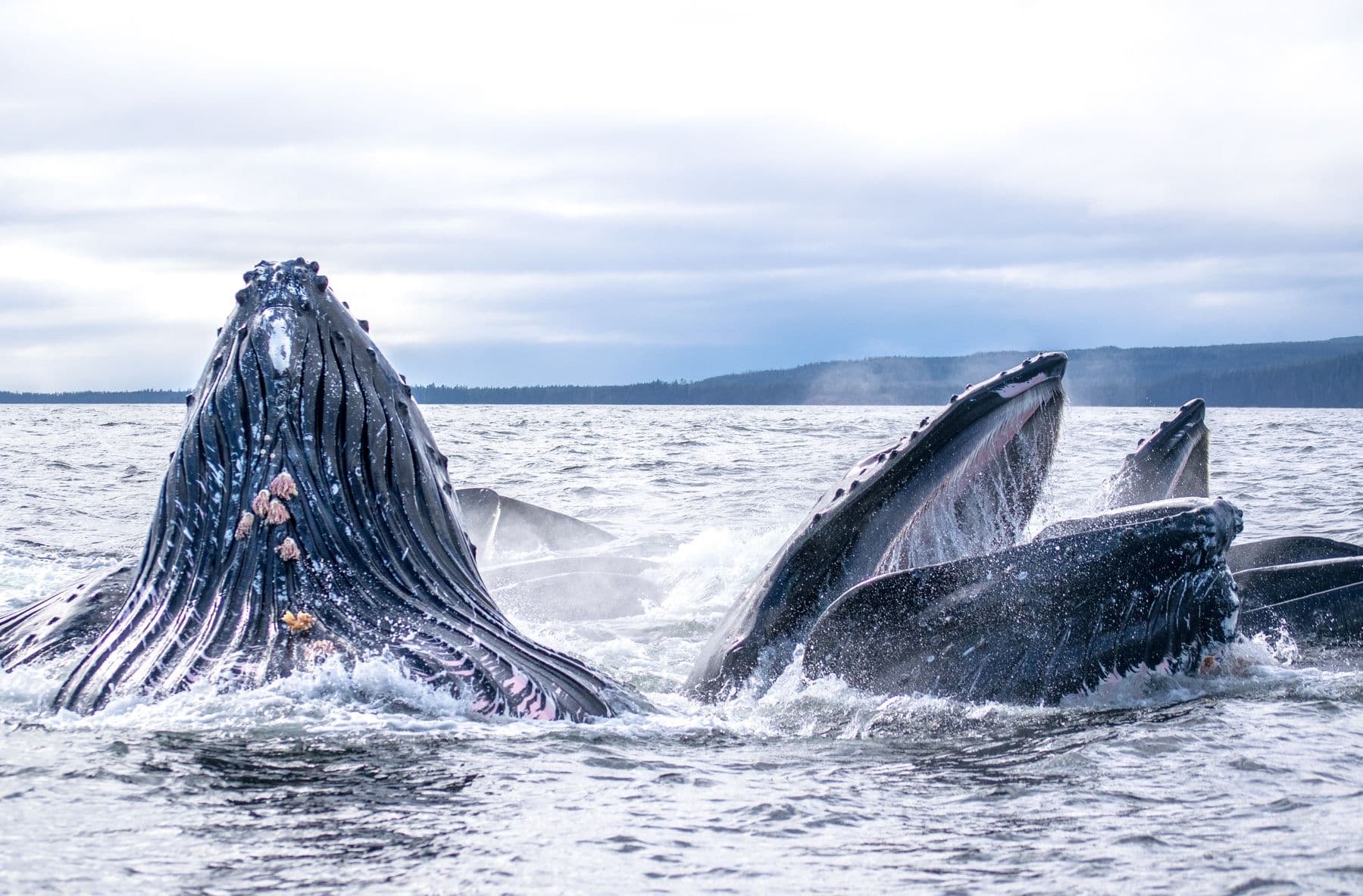
After spawning, herring roe covers miles of beaches. Many of the eggs washed up on shore are happily munched on by bears and otters. Eagles, ravens, and seagulls flock to the beaches to feast at an important time when they, too, are getting ready to reproduce. Sitka locals grab their buckets and gather the eggs to fertilize their gardens. Although the smell of decomposing fish eggs isn’t the most pleasant, it’s well worth the week or two of smell to see the first healthy plants emerge from their winter slumber.
Soon after the herring spawn clouds the water, the increased daylight pushes the small but mighty phytoplankton to re-emerge. These, like herring roe, work their way through the food chain, feeding larger and larger sea creatures until we get to birds and marine mammals. Many other invertebrates start their spawning process by shooting out great amounts of gametes into the ocean. Amazingly, there are enough in the water that they can reproduce without ever coming into contact with each other.
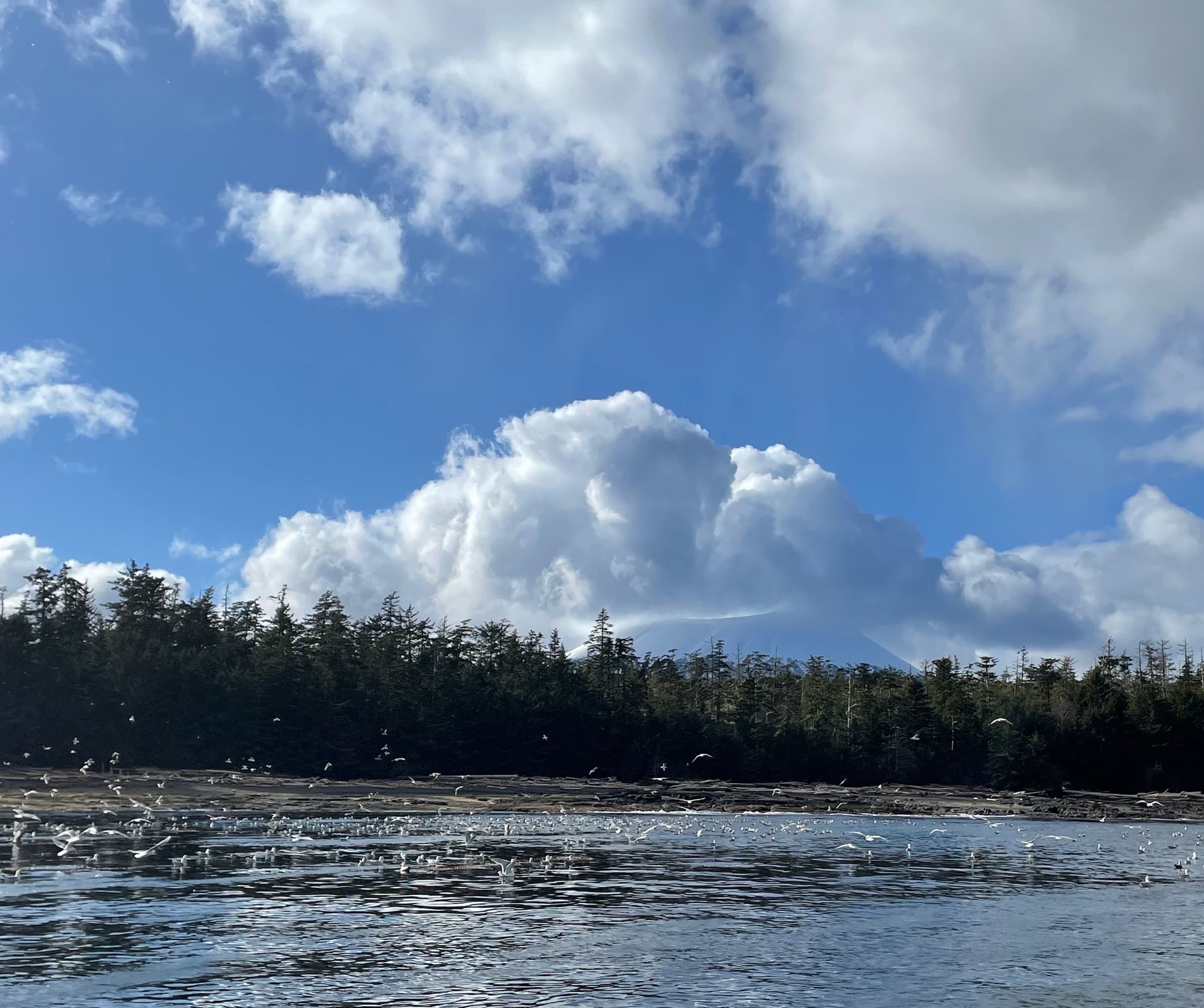
All this action happens while spring storms rage and snow gives way to sunshine. Locals refer to it as “Herring Weather”, where it’s snowing one minute and then sunny the next. Late March and early April in Sitka is when you might see multiple rainbows everyday.
For commercial fishermen, we rely heavily on the herring to feed the prolific salmon runs of southeast Alaska. Many of the fish we catch here in the summer are feeding on the herring and other baitfish that make it their home. The continued protection of their spawning grounds and sustainable harvest of the herring ensure that future generations of fish will be supported. Alaska has learned the hard way about supporting the base of the food chain. Overharvesting herring in the early 1900’s has left certain areas devoid of herring 100 years later. The Exxon Valdez oil spill of 1989 wiped out much of the Prince William Sound Herring runs. They have yet to return to their previous levels more than 35 years later. It's an important lesson for us to understand — protect the environment and mother nature will provide for us. May the herring live on forever!
